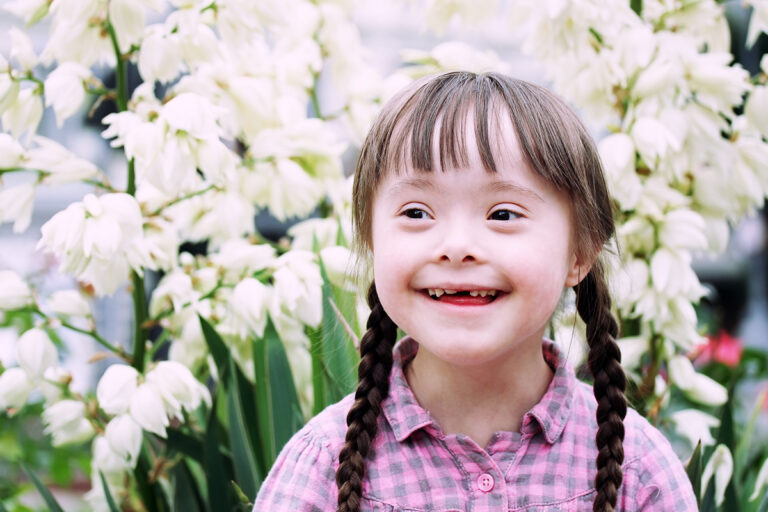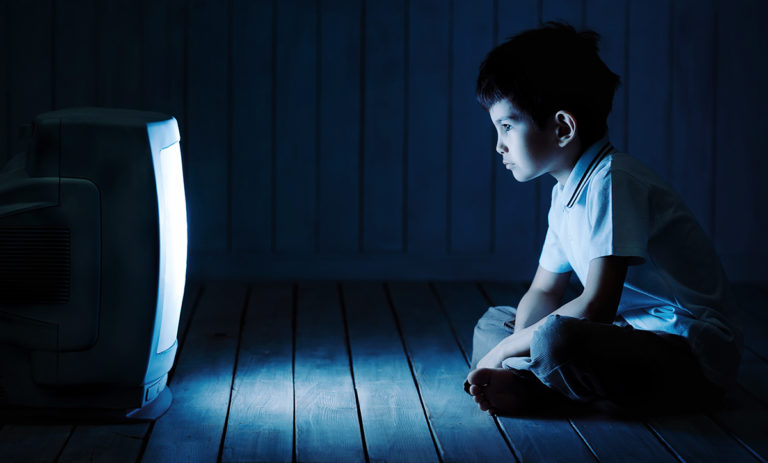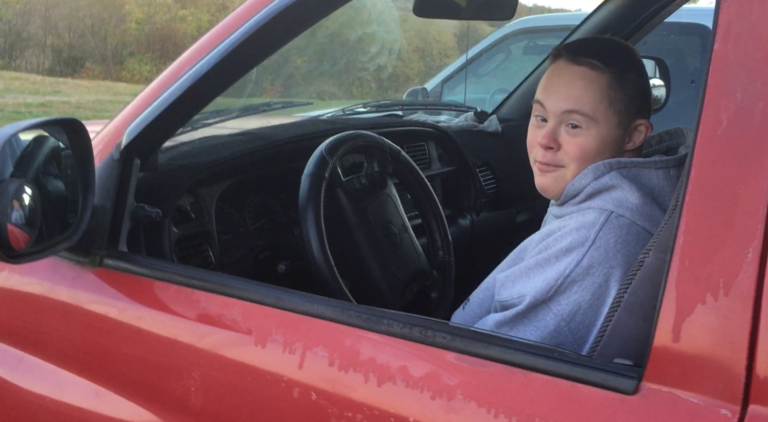The Importance of Visual Pursuits and Convergence
Robert J. Doman, M.D.
Visual Pursuits refers to the coordination of eye movement as eyes move while reading or following an object. Each eye is controlled by three sets of two muscles that work by one muscle opposing the pull of its antagonist muscle. They include: 1) the superior rectus muscle (which pulls the eye up) opposing 2) the inferior rectus muscle (which pulls the eye down; 3) the lateral rectus muscle (which pulls the eye out) opposing 4) the medial rectus muscle (which pulls the eye in); and 5) the superior oblique muscle (which pulls the eye out and up) opposing 6) the inferior oblique muscle (which pulls the eye out and down). Thus, for one eye to move smoothly, it requires the cooperation and coordination of six muscles all working together. For both eyes to work smoothly together, they require twelve muscles to work together.
It is not surprising, therefore, that many children have problems in the area of visual fusion and pursuits, and that NACD frequently recommends visual eye muscle exercises.
Visual pursuits are a form of fine coordination. Lack of good visual pursuits causes the individual to frequently lose his or her place while reading. When this happens, the child will do one of three things: a) pause until he again locates his place, which slows the reading time; b) omit words and continue to read; or c) substitute his or her own words and continue reading. Omitting or substituting words can frequently change the meaning of what the child is reading, causing the comprehension to suffer.
Most eye examinations do not test for visual pursuits nor do many ophthalmologists treat it. Poor visual pursuits can be effectively treated by NACD programs, including the following: crawling, creeping, overhead ladder, horizontal and vertical tracking, spinning, visual pursuit activities, black light activities, hand-eye coordination activities, etc.
Convergence is the ability of the two eyes to work synchronously together. We can test for convergence with a pen light directly in front of the eyes one foot away. The light should produce a reflection of itself exactly in the center of both pupils. If the reflection is to the inside of the pupil, the eye is looking outward in an external, or divergent, strabismus or exotropia. If the eyes fail to converge perfectly and turn either in or out, this is called a strabismus.
At birth, a child’s eyes are not yet able to converge properly. Convergence must develop in vision and does so during the creeping stage of mobility. Early attempts at convergence are inefficient and are called yolking or accidental convergence. In order for the eyes to learn to converge, the eye must, with frequency, intensity, and duration, look at an object at a fixed distance from the eyes. While crawling on his stomach, there is no fixed object for the child to see. He can look out at varying distances. If the child misses creeping on his hands and knees and either sits or stands and walks, he again sees at varying distances with no fixed target. Developmentally, only creeping on hands and knees gives the eyes the ever present fixed target they need. It is the floor that is at a constantly fixed distance from the child’s eyes, equal to the length of his arms.
If the child has a strabismus, creeping can help eliminate it. To give the eyes a more distinct target while creeping, put a small piece of colored tape (one inch by one inch) on the back of each hand. Use red for the right and green for the left. While creeping, the child looks at the hand moving forward.
If the eyes do not converge, each eye may see a separate picture, causing double vision or diplopia. Double vision confuses the child. It is like looking at a T. V. set with a poor antenna causing ghosts or double images.
Because double vision confuses the brain, it tries to stop it by squinting the eyes. The name for strabismus was “squint” because many children squinted to eliminate double vision. The other method that the brain uses to stop double vision is by the cortex of the brain suppressing the vision in one eye. If one eye is frequently squinted closed or suppressed by the brain, it will eventually, because of lack of use, become weak. This is called “lazy eye” or amblyopia. This occurs in approximately 4% of all children. In these cases the child alternately uses one eye and then, moments later, the other eye. There is less danger of one eye becoming a “lazy eye.”
If a child has a strabismus, strabotomy or surgery to the eye, should not be considered until the child has properly completed the creeping stage and until proper eye exercises have been tried for a reasonable period. Surgery for strabismus has a poor success rate even when done early. If the strabotomy is done, follow-up exercises and creeping can help to improve the results.
NACD uses a variety of specific exercises to improve convergence. Good convergence, or fusion, leads to good depth perception. This is the ability to judge how far various objects are from your eyes. The development of this ability is essential to many daily activities.
Reprinted from the Journal of The NACD Foundation (formerly The National Academy for Child Development)






